Some animals look downright adorable, but don’t be fooled by their innocent appearance. Nature has a few tricks up its sleeve, and some seemingly harmless creatures can be surprisingly dangerous. Whether they pack a venomous punch, have a hidden ferocity, or just get plain aggressive, these animals remind us that looks can be deceiving. Sit back, let’s discover 15 charming yet deadly creatures that could ruin your day if you’re not careful.
1. Blue-Ringed Octopus: Tiny but Mighty
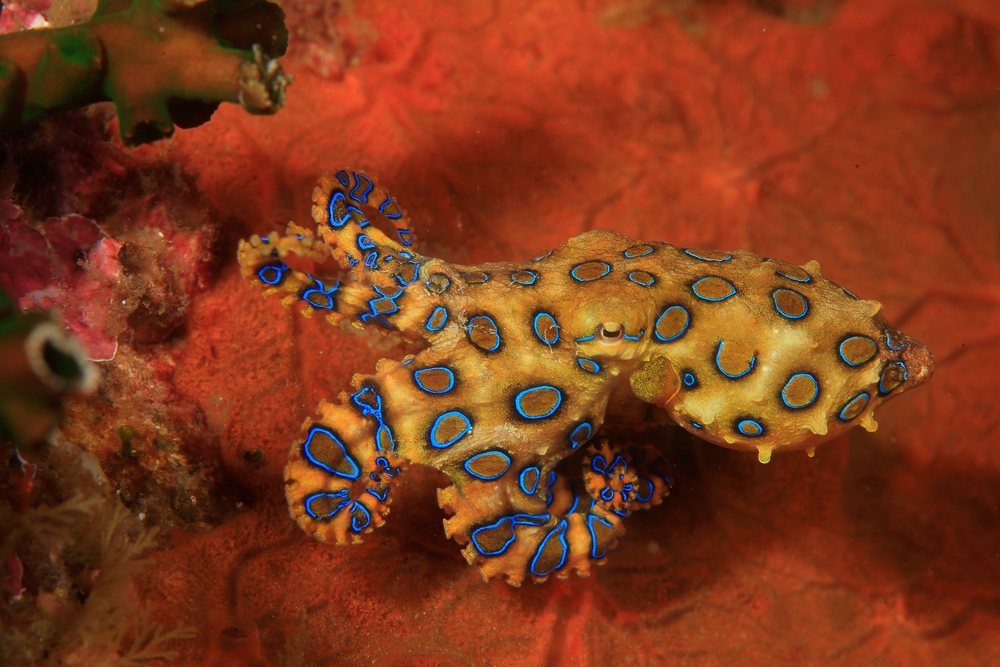
The blue-ringed octopus is a small sea creature that fits in the palm of your hand, with mesmerizing blue rings that seem a bit too pretty to be dangerous. But behind those vibrant markings lies a potent venom capable of causing paralysis and death within minutes. Found in tide pools and coral reefs, this tiny octopus is a master of disguise and a testament to the fact that size doesn’t always determine strength. When in doubt, admire its beauty from a safe distance.
2. Pufferfish: A Deadly Delicacy
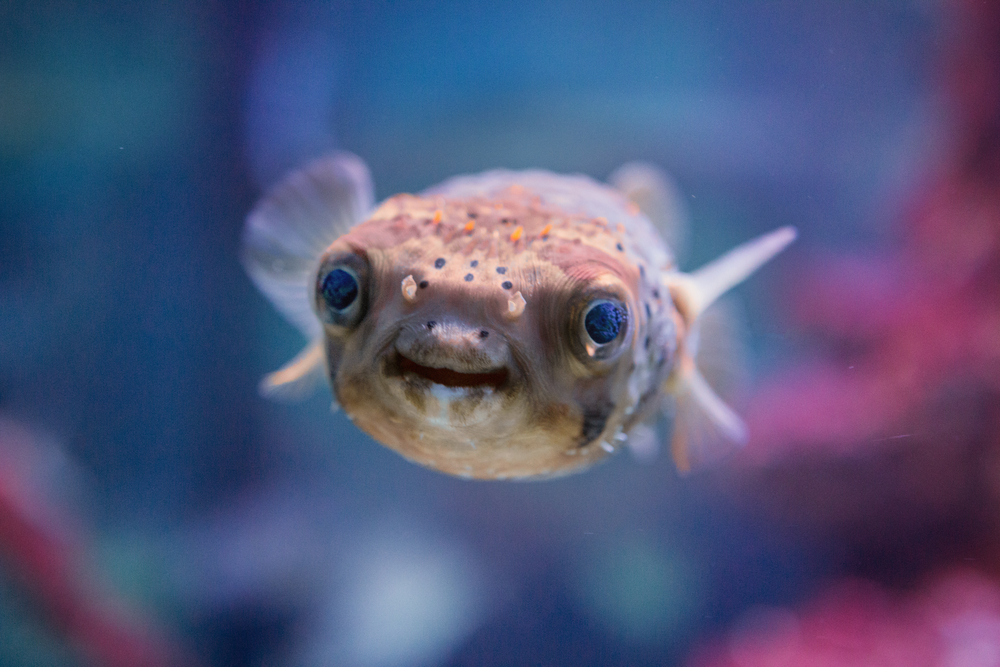
Pufferfish may seem like a fun novelty with their ability to puff up, but they harbor a deadly secret. Laden with tetrodotoxin, a potent neurotoxin, these fish are a risky delicacy in certain cuisines. Just a small amount of this toxin can be lethal to humans, causing paralysis and respiratory failure. While they’re fascinating to watch in the ocean, handling them is a gamble. So next time you’re tempted to try fugu, consider sticking to something a bit less life-threatening.
3. Cassowary: The Feathered Warrior
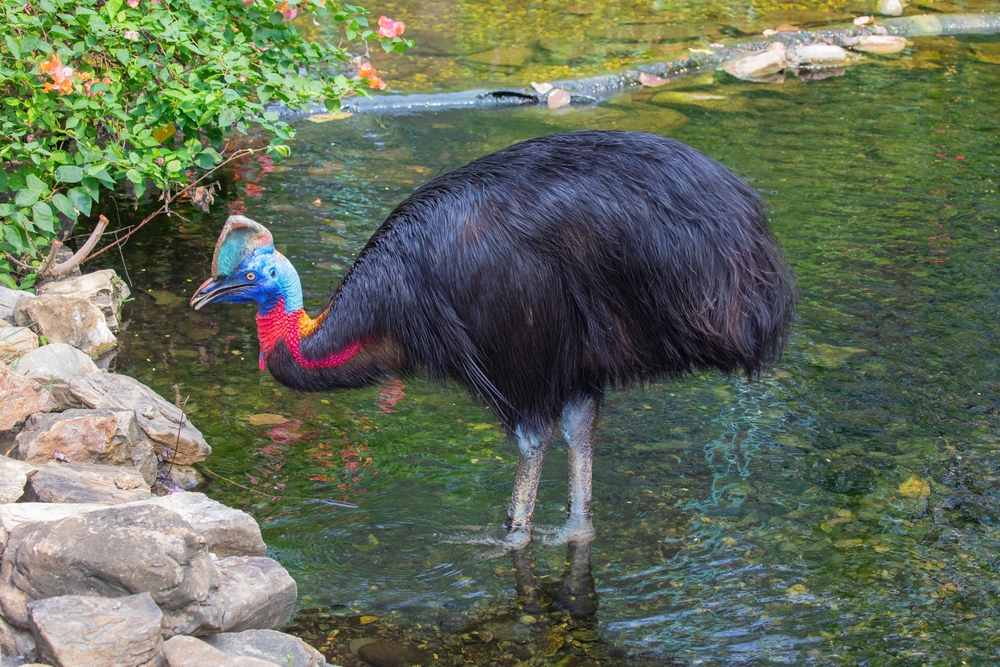
Cassowaries might look like exotic, oversized turkeys with their vibrant feathers and striking head crests, but they’re anything but docile. This large, flightless bird is native to Australia and New Guinea, and it’s equipped with dagger-like claws capable of inflicting serious injury. Known for their aggressive nature, they have been known to attack humans when threatened. It’s clear that this is one bird you don’t want to ruffle the feathers of while exploring the outback.
4. Cone Snail: Beautiful Yet Lethal
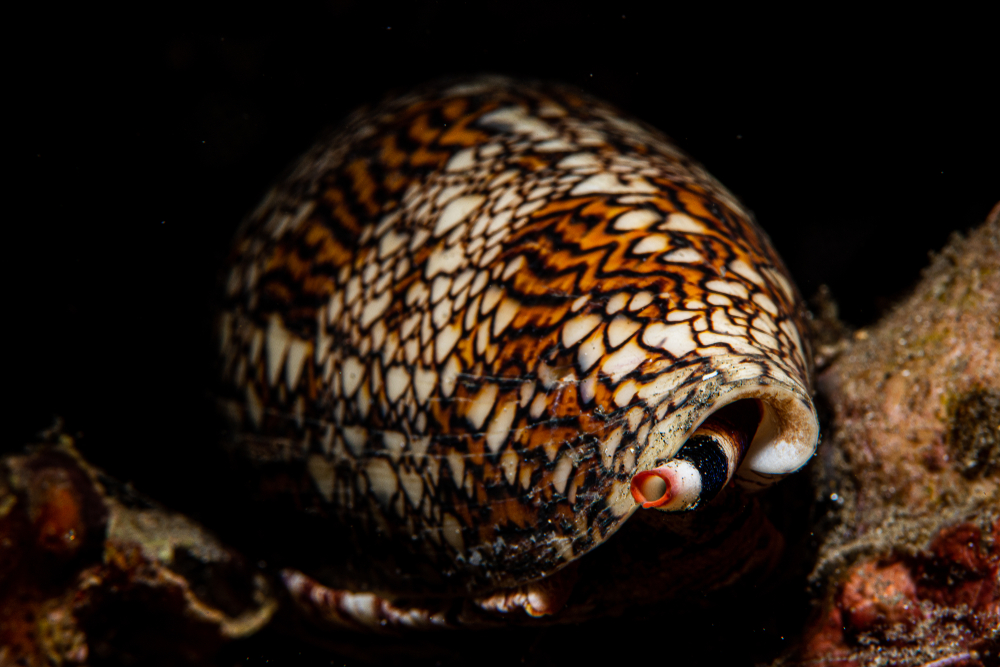
With their intricately patterned shells, cone snails are a sight to behold. But these slow-moving mollusks are armed with a harpoon-like tooth and venom that can be fatal. A single sting from a cone snail can cause severe pain, paralysis, and, in rare cases, death. Their toxins are complex enough to intrigue scientists, yet potent enough to caution beachgoers. Admire their shells, but if you ever spot one in the wild, it’s best to leave this beauty undisturbed.
5. Slow Loris: Cute but Cunning
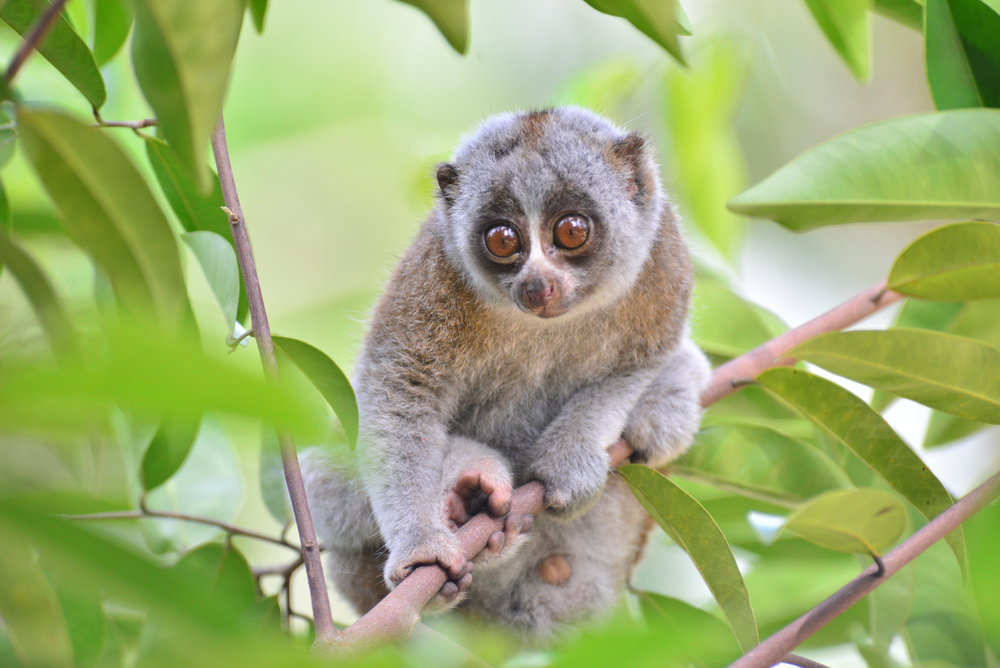
With its large, round eyes and slow, deliberate movements, the slow loris seems like a plush toy come to life. However, this nocturnal primate has a bite laced with venom capable of causing allergic reactions and, in rare instances, death. The slow loris uses this toxin as a defense mechanism, and it should serve as fair warning that not everything adorable is harmless. Enjoy their antics from afar, and resist the urge to get too close.
6. Box Jellyfish: A Transparent Threat
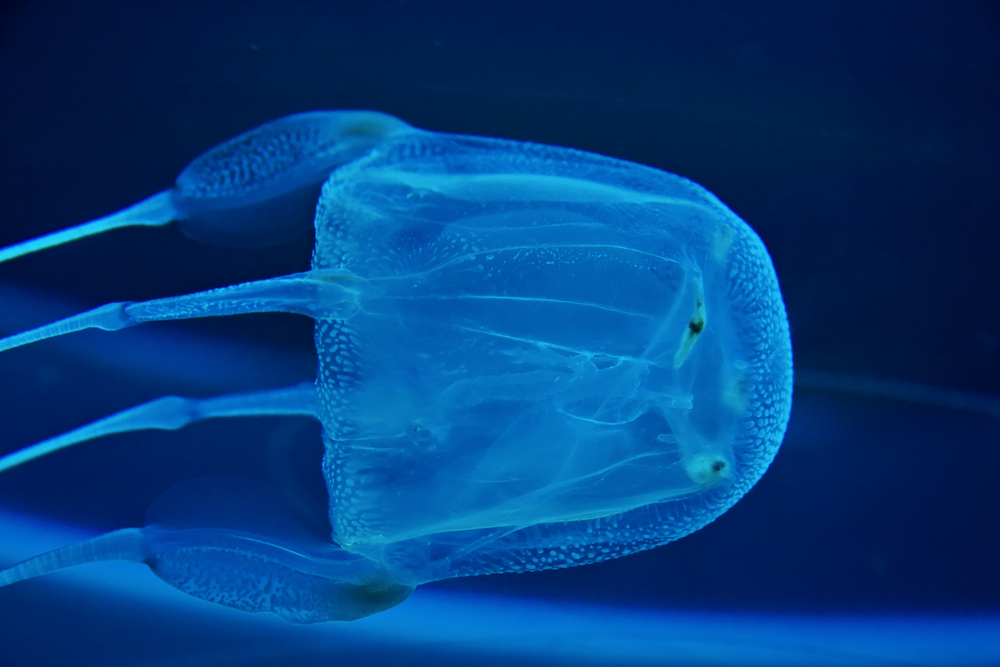
Known for their nearly invisible appearance, box jellyfish are among the most venomous marine creatures in the world. Their tentacles are equipped with nematocysts that can deliver a sting causing excruciating pain, cardiac arrest, and even death. Found in the coastal waters of the Indo-Pacific, these jellyfish are a reminder that sometimes the most dangerous things are those you can barely see. If swimming in jellyfish-prone waters, wearing protective gear is your best bet.
7. Platypus: Mother Nature’s Prankster
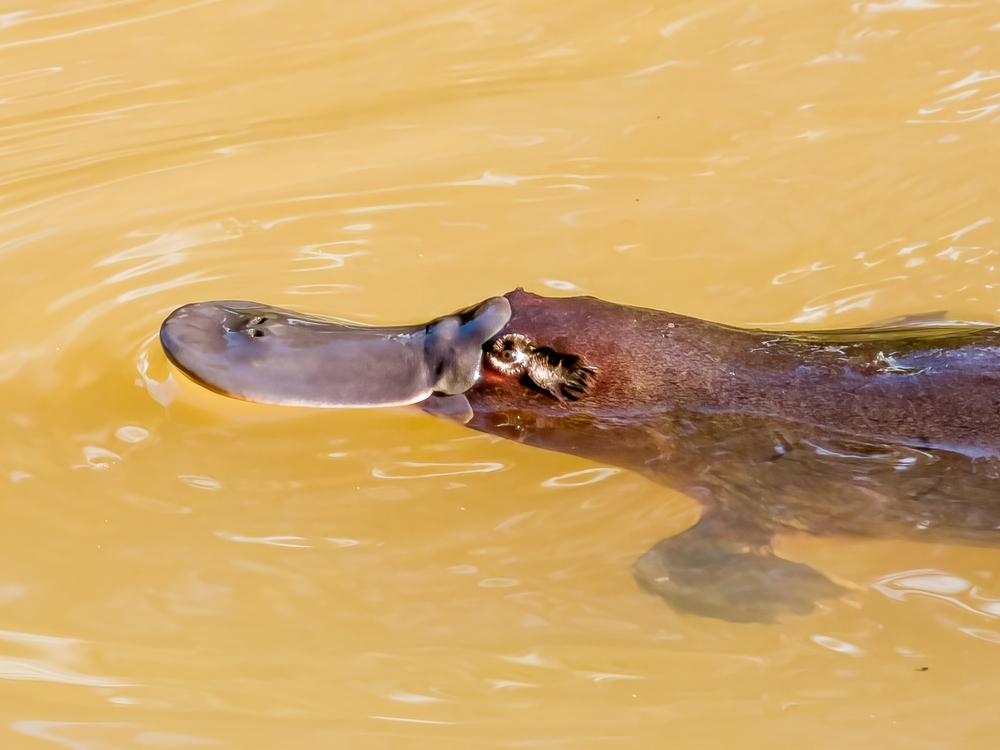
The platypus is an evolutionary oddball with its duck bill, webbed feet, and beaver tail. Despite its quirky appearance, male platypuses have venomous spurs on their hind legs. While the venom is not fatal to humans, it can cause severe pain and swelling. Native to Australia, this semi-aquatic mammal is fascinating but demands respect. When encountering a platypus in the wild, it’s wise to appreciate its uniqueness from a safe distance.
8. Poison Dart Frog: Bright Colors, Big Warning
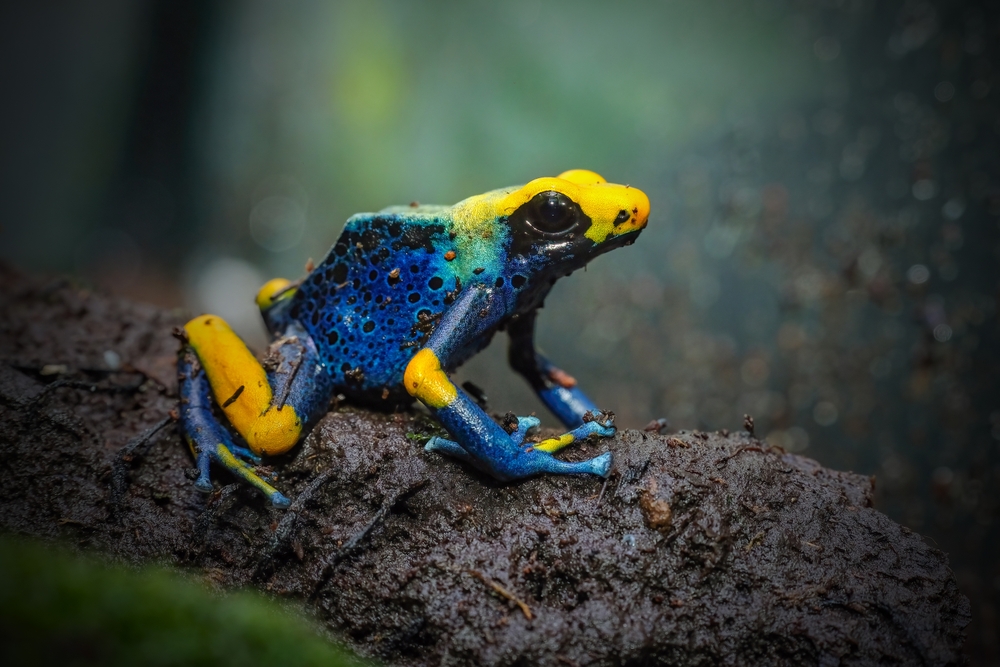
These tiny rainforest frogs are known for their gorgeous, vibrant colors, which signal danger rather than delight. Poison dart frogs secrete toxins through their skin, and some species are potent enough to kill several humans. Indigenous people have historically used these toxins for hunting. While their beauty is undeniable, handling them can be perilous. Observing them in their natural habitat is safer—and still a treat for the eyes.
9. Leopard Seal: The Ocean’s Wild Card

With their sleek, spotted coats, leopard seals might look like friendly sea dogs, but they’re formidable predators. Found in the frigid waters of Antarctica, they possess powerful jaws and a fierce hunting strategy that includes preying on penguins and other seals. While attacks on humans are rare, they have been known to occur. Best to admire these impressive creatures from a safe vantage point, preferably on a sturdy ship.
10. African Buffalo: More Than Just a Bovine
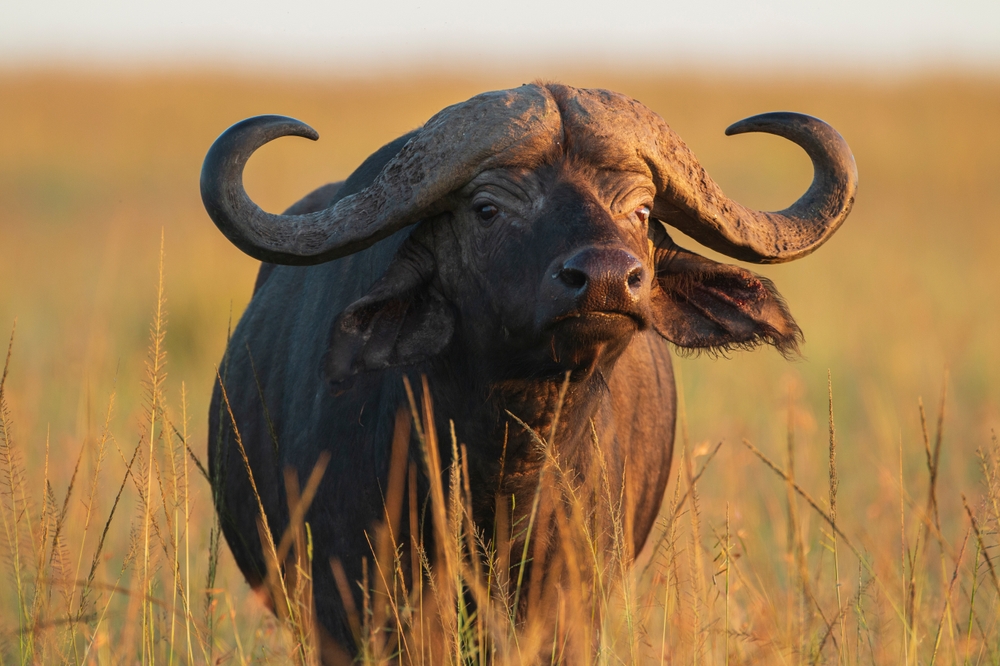
The African buffalo, or Cape buffalo, might resemble a domesticated cow at first glance, but don’t be fooled. These hefty animals are known for their unpredictable nature and have been responsible for more hunter fatalities on the African continent than any other large animal. Agile and aggressive, they travel in herds, making them a force to be reckoned with. When on safari, appreciate them from the safety of your vehicle.
11. Red Panda: Fury in Fluff
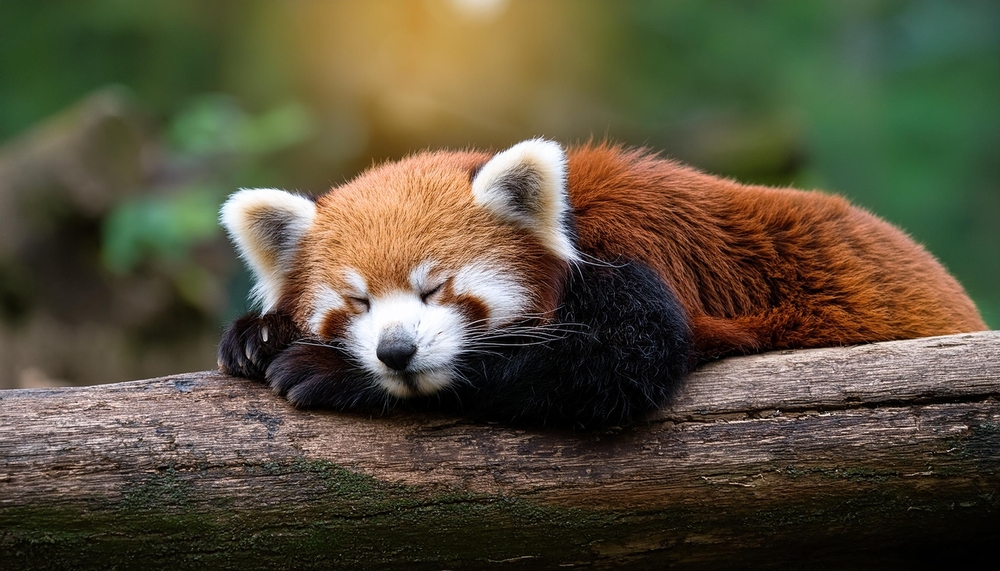
Cousin to the giant panda, red pandas are adored for their fluffy tails and playful nature. But beneath this endearing exterior, they are fiercely territorial and equipped with sharp claws. While they’re more likely to flee than fight, cornering one could lead to an unexpected swipe. Red pandas are best enjoyed from a respectful distance, where their playful antics can be appreciated without any risk of a scratch.
12. Brazilian Wandering Spider: The Terrifying Traveler
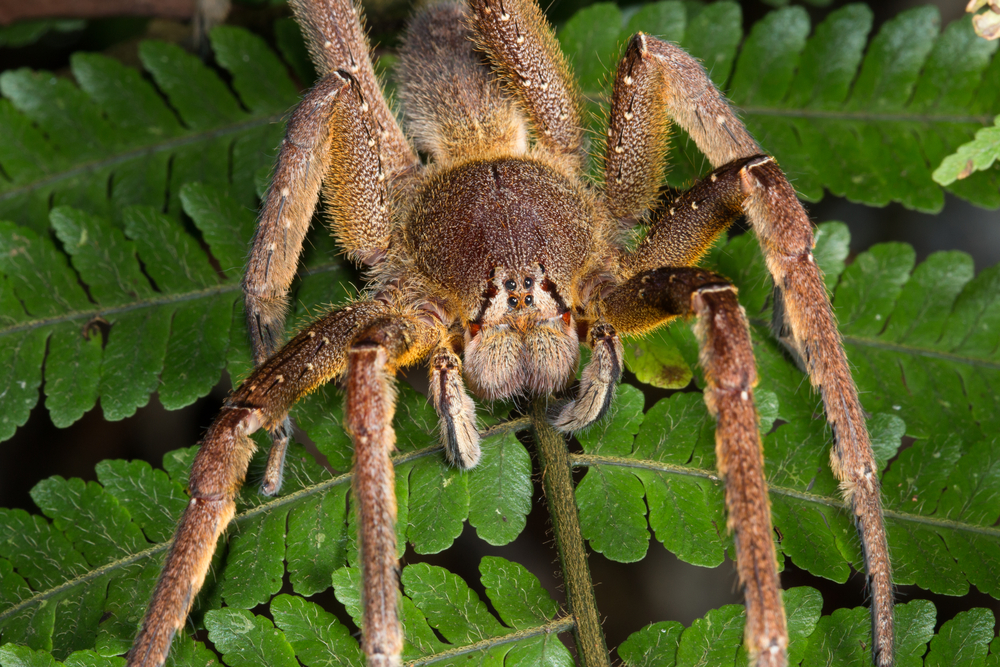
Known for their wandering nature, these spiders don’t spin webs but instead prowl the jungle floor at night. Their venom is powerful enough to cause intense pain, and in rare cases, death. Found in South America, their unexpected presence in homes and banana shipments has earned them a fearsome reputation. While they’re more likely to avoid humans, a surprise encounter could quickly turn alarming. Keep your distance and let these spiders continue their nocturnal escapades undisturbed.
13. European Adder: Beauty with a Bite
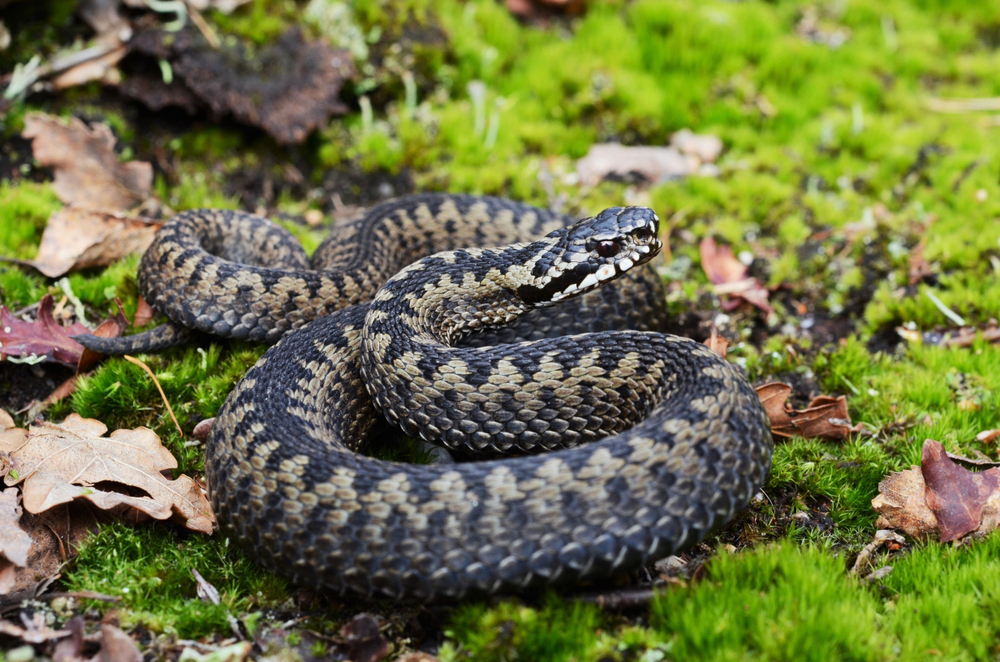
The European adder is a venomous snake found across Europe, easily recognizable by its distinct zigzag pattern. Although bites are rarely fatal, they can cause significant pain and discomfort. Known for their shy nature, adders typically avoid human contact, striking only when threatened. Respecting their habitat and maintaining a safe distance is key to a peaceful coexistence. When hiking in known adder territory, it’s wise to tread lightly.
14. Komodo Dragon: Jurassic Jaws
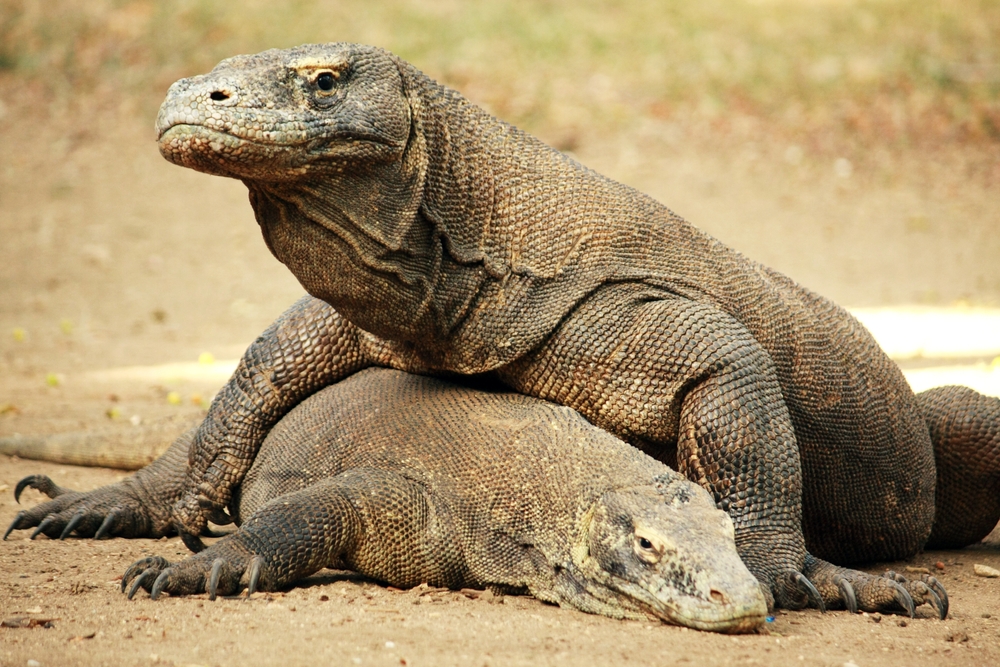
The sheer size and prehistoric appearance of the Komodo dragon make it a fascinating creature, but they’re not just oversized lizards. With powerful jaws, sharp teeth, and a bacteria-laden bite that can lead to severe infections, they’re effective hunters. Found on the Indonesian islands, these giants demand respect and distance. Observing them without intrusion is the best way to ensure both your safety and theirs.
15. Hippo: The River’s Secret Menace
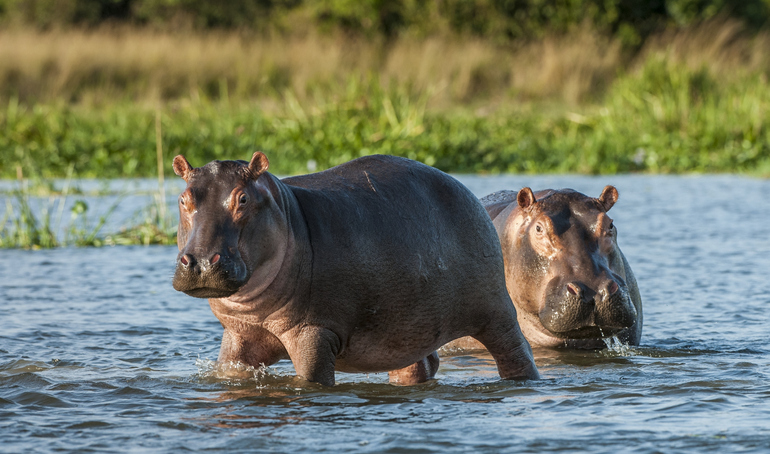
Though they may appear as large, lumbering herbivores, hippos are one of Africa’s most dangerous animals. With immense jaws, capable of crushing anything in their path, and a surprisingly aggressive nature, they defend their territory fiercely. Responsible for more human fatalities in Africa than lions, hippos are a force to be reckoned with. Admire their majesty from afar, preferably from the safety of a boat on a calm river.
